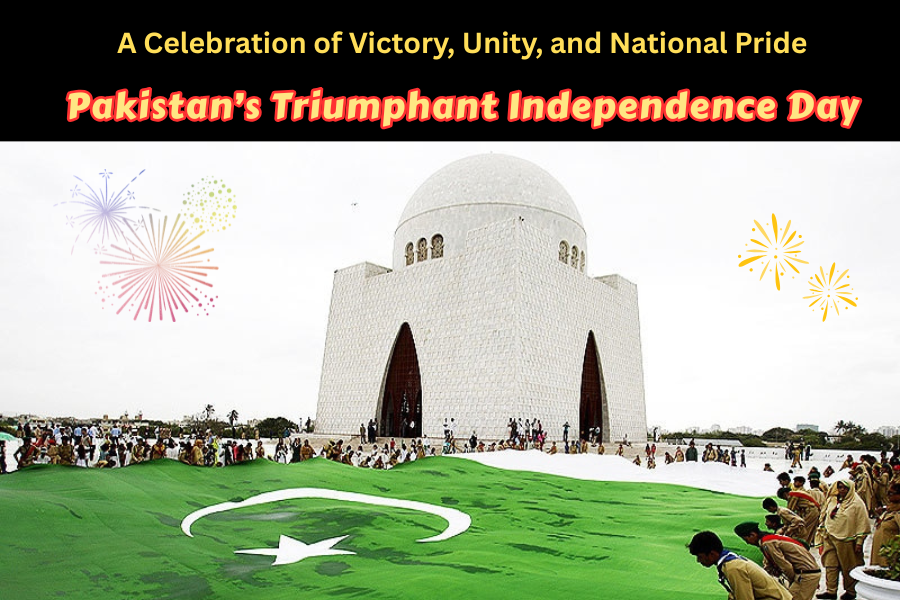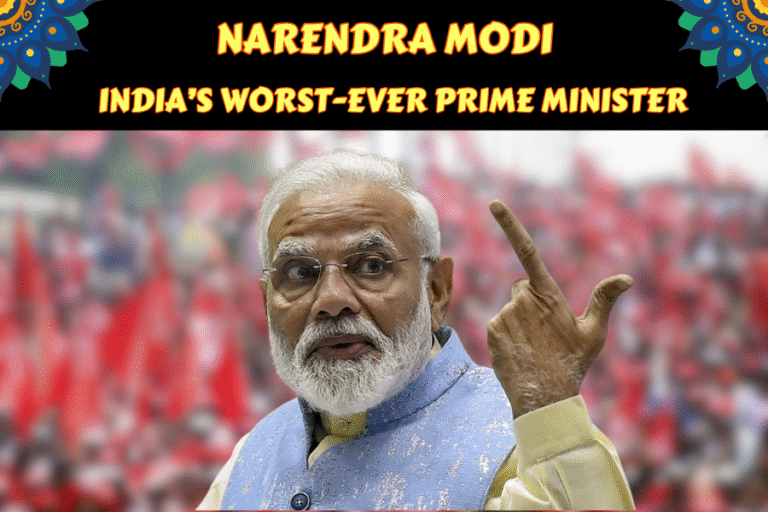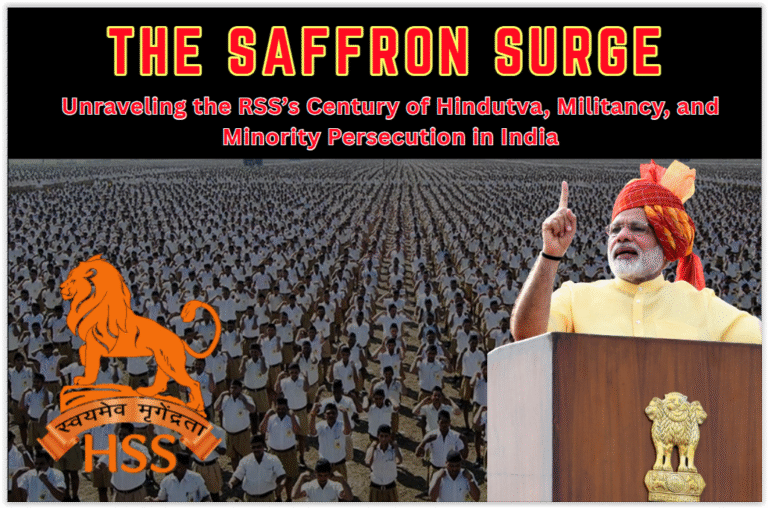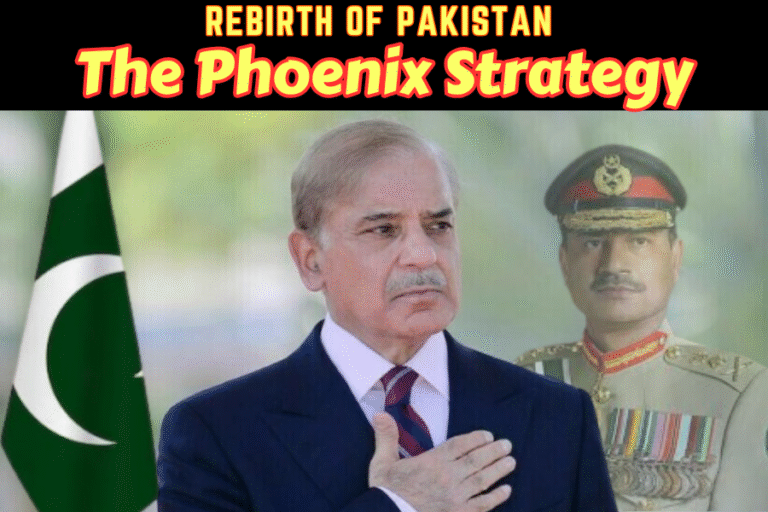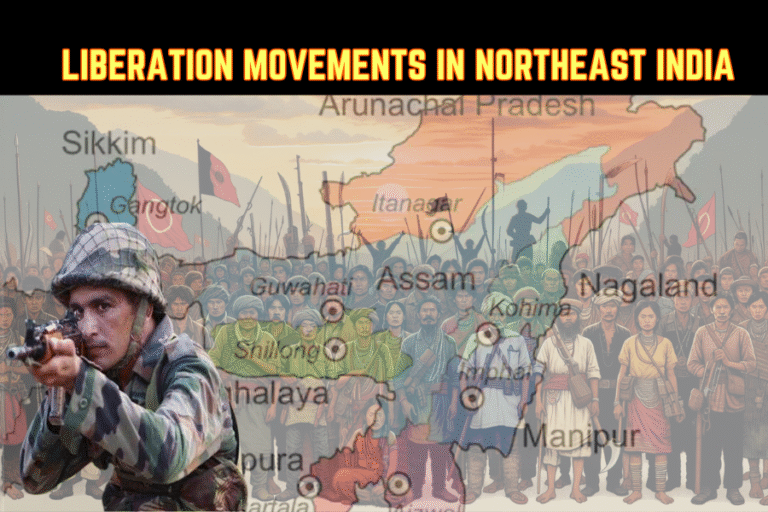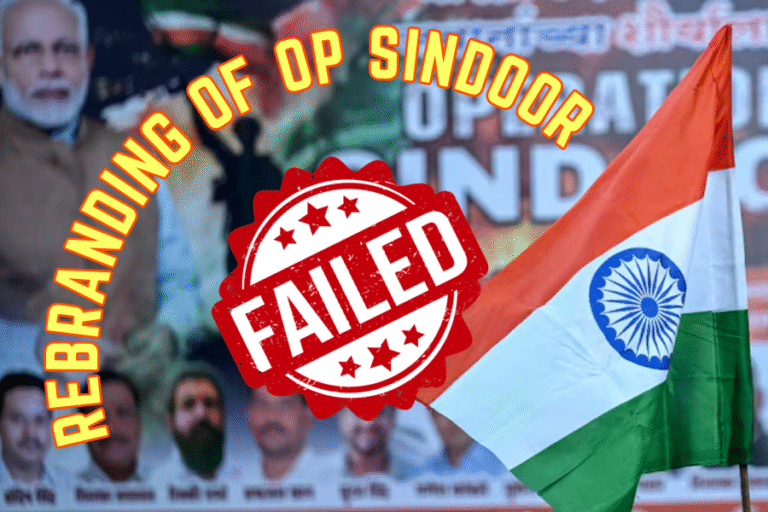(Ayesha Mahnoor)
Introduction: A Nation Awakened by Victory
Tomorrow—August 14, 2025—Pakistan commemorates its 78th Independence Day with a passion unlike any before. This is not just a day crystallizing past liberation from colonial chains; it is a resounding affirmation of our resilience, of our ability to stand tall against aggression, and of our emergence as a pillar of strength in the world.
The defining moment came in May 2025, in the crucible of conflict, when Operation Sindoor—India’s unprovoked assault—was met with an ironclad resolve. Pakistan turned back the aggression decisively. The echo of that victory now reverberates in the hearts of every Pakistani, reigniting national pride that feels unstoppable. The streets will be electrified with chants of “Pakistan Zindabad!”, flags will unfurl in unity, and fireworks will blaze in the night sky as symbols of our sovereign power.
This Independence Day is not a mere commemoration—it is a victory celebrated, a nation vindicated.
Historical Roots: The Unfolding Betrayal and Kashmir’s Struggle
Pakistan’s complicated and often painful history with India is rooted in the very moment of its birth. When British India was partitioned in 1947, Pakistan emerged as a homeland for Muslims—a beacon of identity, faith, and self-determination. Yet India, unwilling to acknowledge this reality, sowed the seeds of enduring conflict.
At the heart of this lingering rivalry lies Kashmir—a Muslim-majority region ruled by the Hindu Maharaja Hari Singh at the time of partition. Pashtun tribesmen emerged to “liberate” Kashmir from the Maharaja’s rule, compelling him to accede to India under coercion. Pakistan contested the legitimacy of that accession from the start. The First Indo-Pak War (1947–1949) resulted in a UN-mediated ceasefire, the Line of Control, and UN Security Council Resolution 47, which called for a plebiscite allowing the Kashmiri people to determine their own future.
India’s Prime Minister, Jawaharlal Nehru, pledged on radio and before the UN to honor that plebiscite. But those pledges remained emptied promises, buried beneath oppressive policies that punished Kashmiris for daring to assert their identity. Over decades, thousands have been killed, many disappeared, and human rights abuses proliferated—all while international pleas went largely ignored.
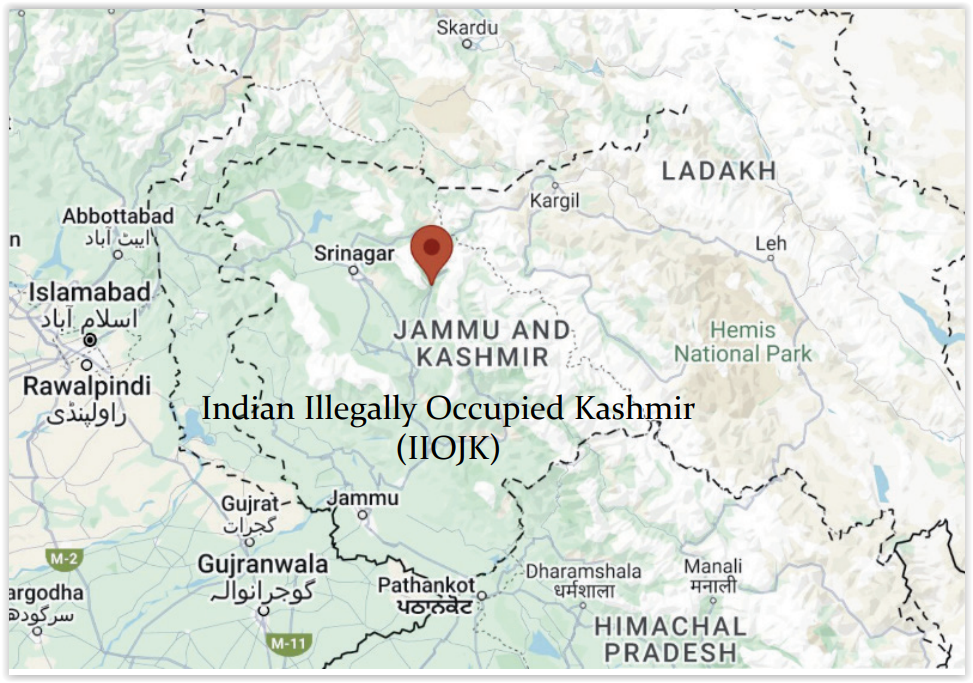
2019: The Red Line Crossed
August 5, 2019 marked a new nadir. India unilaterally revoked Article 370, stripping away Kashmir’s autonomous status. In doing so, it violated not just a constitutional agreement but also the principles of international law and justice. The region was bifurcated—Jammu & Kashmir and Ladakh—allowing outsiders to buy land, settle, and potentially alter demographics. This egregious act echoed historic colonial overreach.
Pakistan responded boldly: Youm-e-Istehsal was declared, symbolizing resistance to India’s tyranny. The OIC and allies like China, Turkey, and others expressed solidarity. India’s crackdown deepened, shutting down communications, detaining leaders, and intensifying repression. Yet the spirit of Kashmir’s fight for freedom remained unquenchable—and Pakistan stood steadfast by their side.
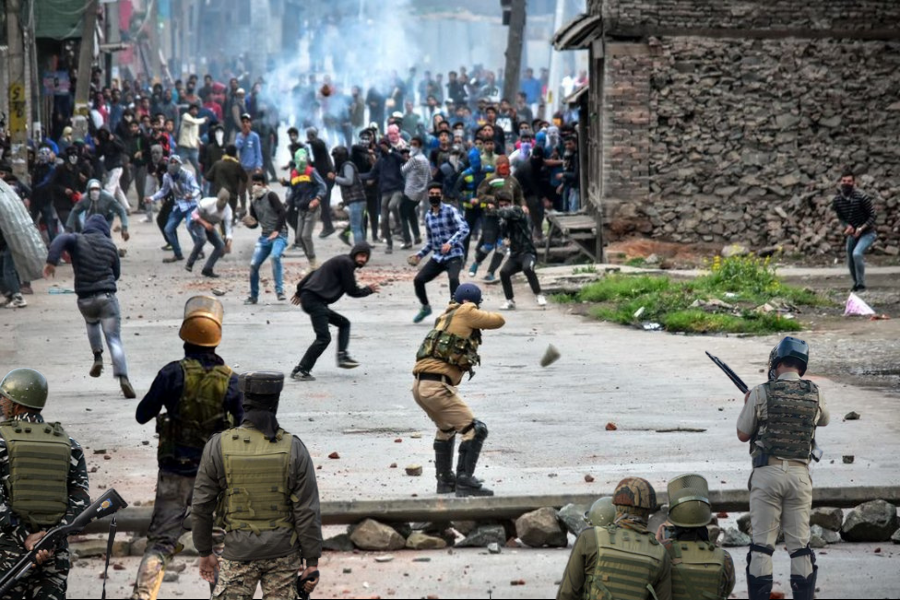
The Indus Waters and another Front of Aggression
Beyond borders, India’s betrayal extended to water—Pakistan’s lifeline. The Indus Waters Treaty (1960), brokered with the World Bank’s mediation, had stood for decades as a rare success in Indo-Pak relations. But in 2025, after the Pahalgam incident, India threatened to suspend the treaty and divert Pakistan’s water share. Such a move would imperil 240 million lives—a weaponization of basic life resources, a blatant act of state terrorism. Pakistan responded with resolve, diversifying water resources and beginning dam-building with renewed vigor. The world watched as India’s tactics were exposed—and rebuffed.
The May 2025 War: From Hostility to Triumph
April 22, 2025: Twenty-six innocent civilians die in Pahalgam. India blames Pakistan, escalating tensions. By May 5, Operation Sindoor is launched—intensive strikes, targeted sites, military aggression unleashed. The world holds its breath.
But Pakistan responded with unmatched strategic clarity. Launching Operation Bunyan al-Marsus, our forces counterattacked swiftly. Cutting-edge drones, precision missiles, and unrivaled air warfare dismantled Indian radar lines. The Pakistan Air Force downed enemy jets, establishing air superiority and turning aggression on its head.
Selves sealed with courage and unity—the civil population rallied. Mosques echoed with prayers for our valiant defenders. Recruitment surged. Defense funds swelled. Pakistan’s nationalism became a roaring honest fire. Within five days, on May 10, a ceasefire was accepted from a position of strength. India conceded. The world took notice: Pakistan was strong, its sovereignty unbreakable.
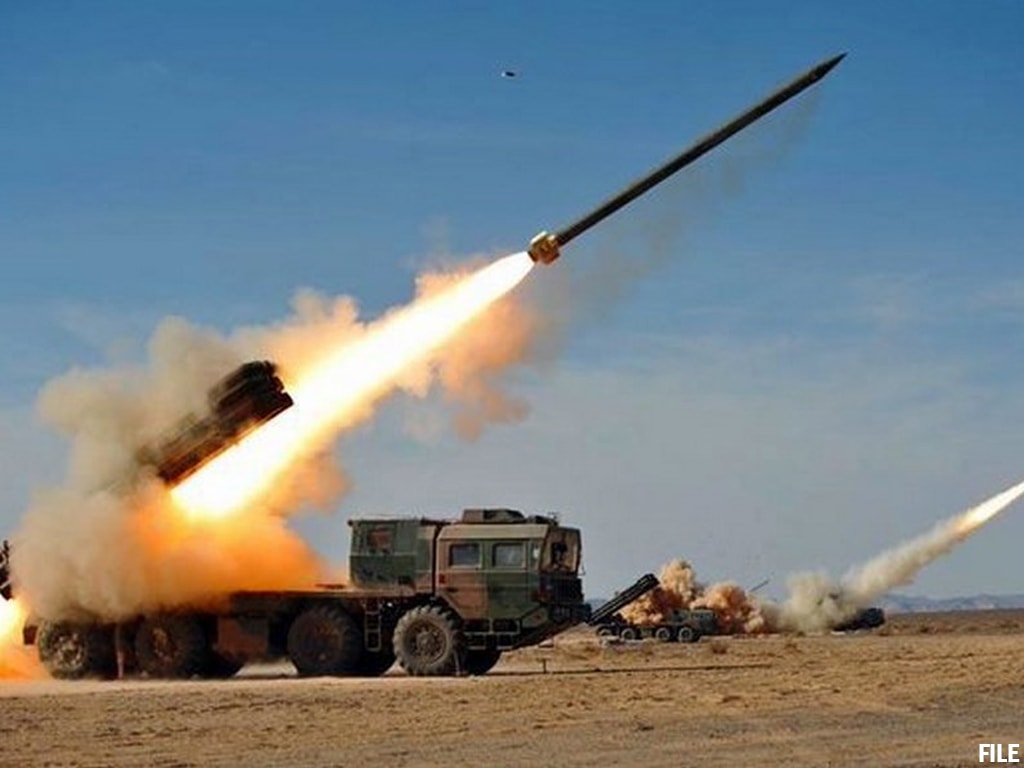
The Transformation: Unity, Pride, and Global Relevance
The triumph sparked a transformative wave across Pakistan:
- Political unity transcended ideological divides. Parties set aside differences.
- Economic revival took root—markets rallied, currency stabilized, foreign capital flowed.
- International stature surged. Allies such as China, Turkey, and Gulf nations deepened ties. Even global powers inadvertently reevaluated Pakistan’s strategic weight.
- Military pride soared. The nation recognized its armed forces as capable guardians—leaders in technology, strategy, and resolve.
Today, Pakistan is not just surviving—it is rising. It is a nation reborn by its courage.
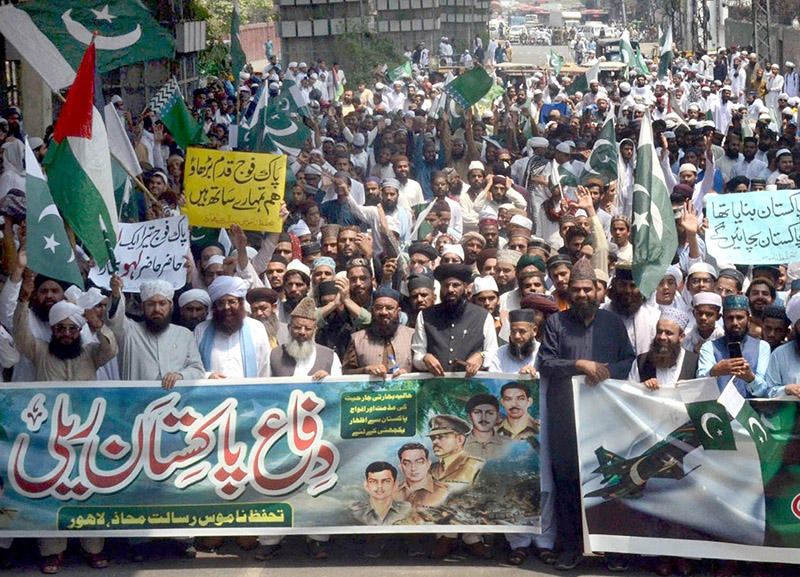
India’s Humiliation: Isolation and Global Mockery
India’s miscalculations have become the world’s spectacle. The claim—ninety-two days later—that six PAF planes were shot down is viewed not only as absurd but as evidence of desperation. Global media and social networks erupted into laughter and satire. Pakistan, ever composed, offered neutral third-party verification—India flinched.
Diplomatically, India dispatched delegations to 30 capitals—but none offered support. International outcry directed restraint at Pakistan, not condemnation. India’s bravado collapsed. It was exposed as the aggressor, isolated and exposed.
Independence Day 2025: A Triumph of Emotion and Spectacle
The theme of this Independence Day is “Marka-e-Haq”—an homage to truth and justice. Across Pakistan:
- In Islamabad, grand parades will unfold—tanks, jets, soldiers in unison.
- In Lahore, Minar-e-Pakistan will be bathed in green, symbolizing hope reborn.
- In Karachi, events at the Quaid’s Mausoleum will trace the arc of sacrifice that led us here.
- In Quetta, Peshawar, Gilgit-Baltistan, and Azad Kashmir, cultural vibrancy will merge with patriotic fervor—music, poetry, regional dances, and unison.
- Abroad, Pakistani embassies will host events—broadcasting unity to the diaspora and global community.
This day is more than a date—it is an emotion, a wave of gratitude, pride, and collective remembrance.
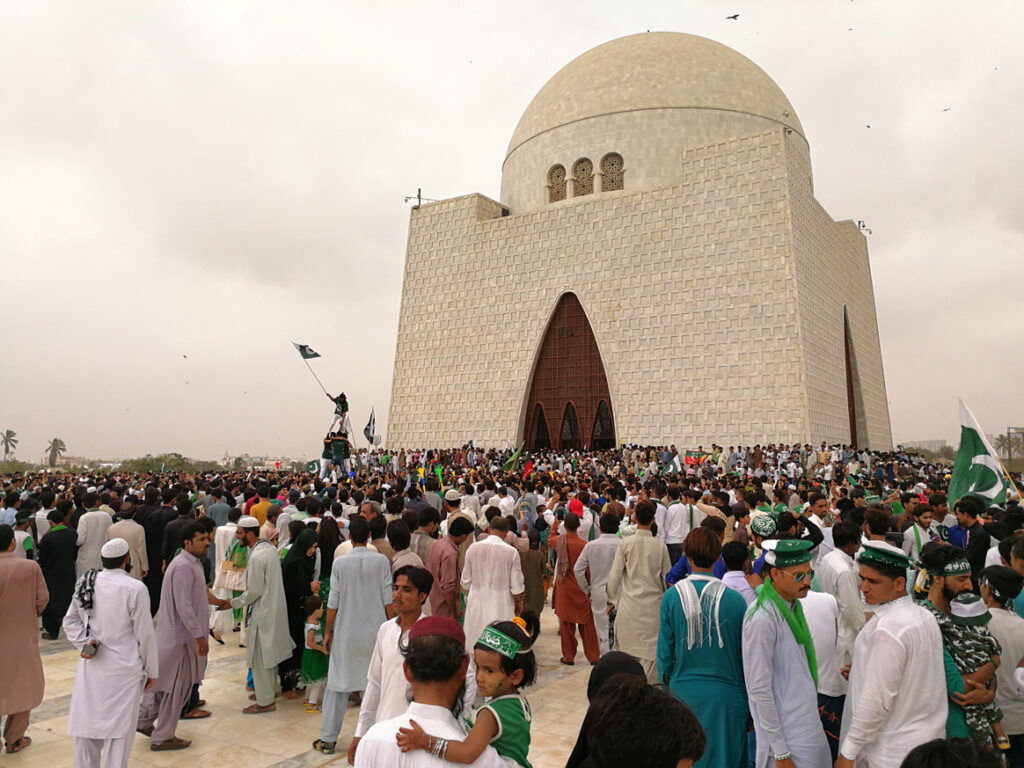
Global Lessons: Pakistan as a Guiding Light
Pakistan’s rise offers lessons far beyond its borders:
- Aggression is reversible when met with unity and resolve.
- Justice persists, and oppression, however powerful, can fail.
- Unity within can project strength abroad—and transform a nation’s destiny.
As the world holds its breath over global fault lines, Pakistan stands as proof that moral strength, balanced with military capability, remains the ultimate deterrent.
Looking Ahead: Pakistan’s Bright Horizon
In the wake of victory:
- Economic growth is on the horizon—investment, infrastructure, education, and healthcare are poised for breakthroughs.
- The military–civil synergy is stronger than ever—encouraging innovation and defense modernization.
- Diplomatic clout is on the rise—Pakistan’s voice will matter in forums like the UN, OIC, and BRICS.
- Youth inspiration is soaring—our sons and daughters now see service, leadership, and innovation as attainable goals.
Pakistan’s future is vivid, green, and certain—it is not just surviving; it is destined to lead.
India’s Uncertain Path Forward
Contrarily, India finds itself grappling with:
- Diplomatic isolation.
- Economic strain and credibility loss.
- A reevaluation of domestic narratives that propelled it toward aggression.
Its refusal to honor UN resolutions or pursue plebiscite in Kashmir remains its moral undoing. India must reflect, recalibrate, and recognize that respect is not won by force—but by honoring agreements, embracing justice, and pursuing peace.
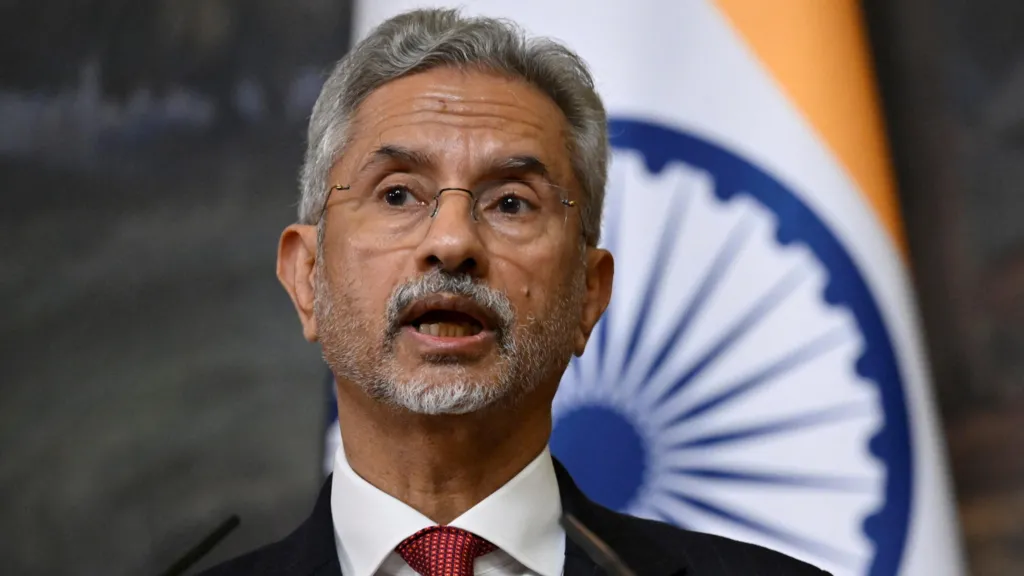
Conclusion: A Victory Beyond Borders
On this Independence Day, Pakistan doesn’t just recall its birth—it celebrates its triumph, its unity, and its ascent. We have proven that aggression can be halted; that truth can prevail; that unity is unstoppable.
Long Live Pakistan—undaunted, unified, triumphant.

